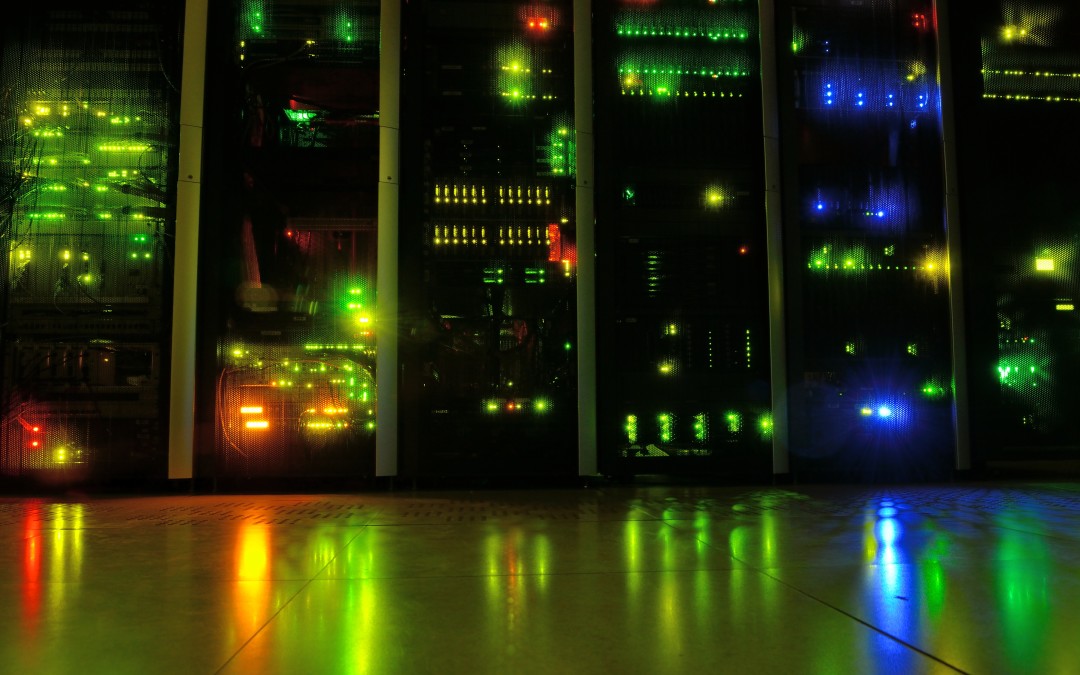It’s no secret that the amount of data government agencies must store is increasing at a rapid rate- and this growth shows no signs of slowing. But government agencies can’t just build more data centers to house this data – there must be a more efficient and cost-effective solution. In this Q&A, Melanie Stevens, Director, State and Local Government and Education, discusses why all-flash is an important next step in the storage evolution for government agencies.
Q: What is all-flash and why is it important for government agencies to consider? Melanie Stevens: Many government agencies are facing a storage dilemma in their data centers. Their need for storage is growing, but there is insufficient funding to purchase new equipment and limited budget for IT staff, space, power and cooling. Across the data center, we see increasing speed and lower cost in many networking devices, such as servers and switches. However, storage has failed to keep up because of the way mechanical disk works. Capacity and cost have grown, but performance has stayed flat. Because of this, the performance per gigabyte of disk is getting slower. Flash memory is faster, has more space and is much more power efficient than disk. The Pure Storage all-flash storage array meets the availability, reliability and scalability requirements of government agencies. It reduces flash storage to a price point that makes it cost effective for distributed deployments. Our all-flash storage array is cost competitive and more efficient to administer than disk, so it’s a logical next step for government data centers.
Q: What are some of the major challenges all-flash can help government agencies overcome? Melanie Stevens: In the past decade, we’ve seen the widespread adoption of virtualization in the data center. This has had an amazing impact on the efficiency of how state agencies do business. Server consolidation now supports ratios around 20-to-1 per physical server, and that number climbs with every new release of a processor. For government agencies, this means being able to do more with less, and faster. At the same time, virtualization creates its own challenges for storage. Virtualization is only as efficient as the storage on which it runs, and it requires more resources than the pre-virtualization era. This issue is compounded by applications such as virtual desktop infrastructure (VDI), which is commonly used to support kiosks, mobile workforces and online services offered by state agencies. While government agencies have realized ROI from server consolidation, they have to turn around and spend those savings on additional storage. As end users continue to virtualize more applications, disk arrays will only get more expensive and put government agencies further behind in the budget battle. Pure Storage provides the technology that allows government to maximize the benefits of virtualization, without inflated storage costs. So, whether the application is to manage database requirements, virtual desktop or server infrastructure, our all-flashstorage array allows for maximum performance without the usual backend cost.








Recent Comments